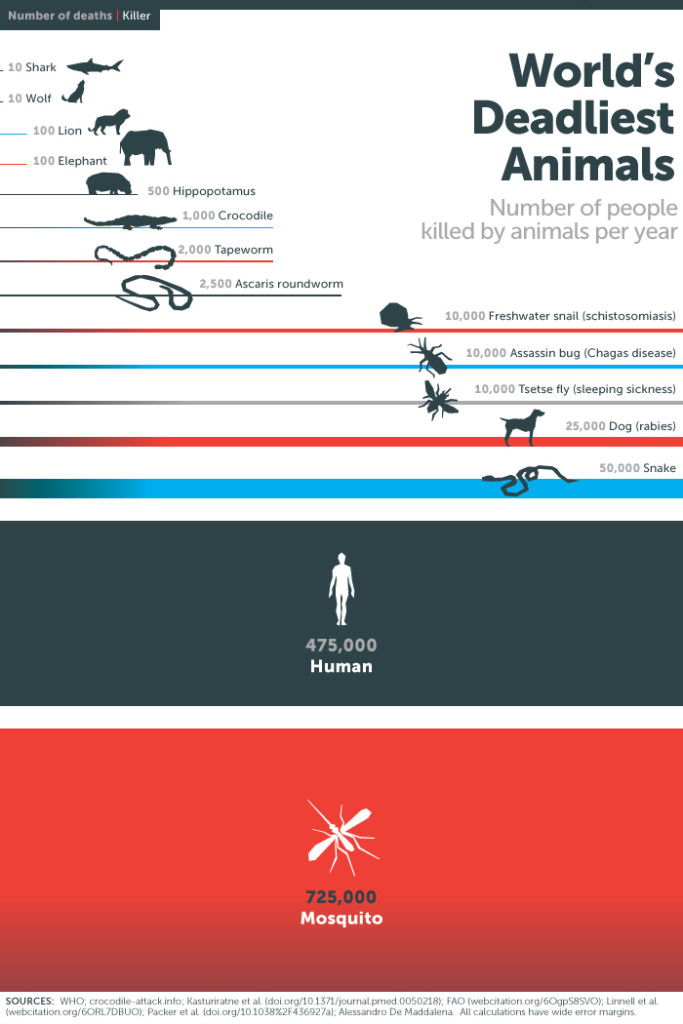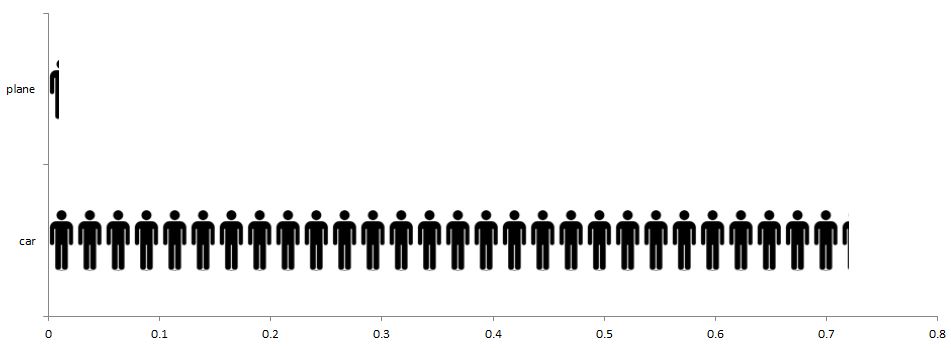Courtesy of Phil Wolff
I’ve got some shocking news for you. Ready for it?
Much of what you read, view or listen in the news doesn’t quite tell you the full picture of what’s happening in your community, city, country, region or world.
Lest you imagine that all media channels are untruthful or unreliable, or that you’re living in a Matrix (red or blue pill anyone?), you need to understand the business of news. These triggers and constraints affect most media owners and influences how news content is created, shaped and disseminated.
Before we proceed further, I’d like to suggest that what we define as media here includes both mainstream media (broadcast and print news) as well as online media (online news sites, blogs, etc). While there are some differences in how these channels report the news, they also exhibit certain similarities.
#1 Majority Of What’s Happening Isn’t News
First, you need to know that most of the stuff which happens around the world isn’t covered in the news. In fact, only a tiny smidgen (maybe 0.01%) of events ever get reported.
Now I am not saying that our reporters are being untruthful, or that you can’t trust what’s being written, edited and produced. Rather, you need to understand that all media owners and managers encounter very practical constraints of space, time, resources and energy in producing and publishing the news.
Because of the immense competition to get coverage in the limited spaces available in the media, publicists need to create “stunts” in order to make it to the headlines.
Which brings us to my next point.
#2 Bad News > Good News
One of the anecdotes I used to hear from my reporter friends is this:
“A bad news day is a good news day”
Why is this so?
Well, according to a psychologist interviewed by the BBC, we are somehow hardwired to respond more strongly to negative news. Although research participants subjects reported that they preferred positive news, the truth revealed by eye tracking studies showed that “they often chose stories with a negative tone – corruption, set-backs, hypocrisy and so on – rather than neutral or positive stories. People who were more interested in current affairs and politics were particularly likely to choose the bad news.”
Apparently, this psychological trait – also known as a negativity bias – is likely to be developed in humans as part of our primitive survival instinct.
#3 Sensational Tragedies Trump Everyday Horrors
Due to the limited amount of airtime, column inches, or bandwidth available in newsrooms, editors need to be merciless in screening out the wheat from the chaff.
They need to consider multiple factors like the relevance of the news to their readers, it’s ability to attract attention, as well as timeliness and talkability (ie ability to trigger conversations). And we all know how negative news could trigger stronger reactions than positive ones.
Amongst the different forms of “bad news”, the ones which capture our attention the most are the shocking or unexpected news. These are the novel or unprecedented events (often bad) which generates the most interest or exerts the most influence on the consumers of a media channel.
Which is why shark attacks generate so much more coverage than mosquito bites, even though the number of deaths by sharks are a smidgen of those killed by mosquito borne diseases (see chart below).
Courtesy of Gates Notes
Or the proportion of people killed by dramatic plane crashes compared to your everyday automobile accidents (see below for chart comparing deaths per 100 million miles traveled.)
Courtesy of Future Advisor
#4 The Media Amplifies The Extreme
Like Steve Jobs, the media has a “reality distortion field”. However, it does it in a completely different way from Apple’s fabled founder.
Because of it’s propensity to magnify the obscure and amplify the extreme, the media tends to skip humdrum everyday occurrences. Thus, the view of the world presented by the news tend to be one that is flavoured by superlatives such as the following: first, newest, largest, fastest, tiniest, most crowded, etc.
This also means that things which you may consider as important – like the graduation ceremony for your first born – may be ignored by the media. Unless perhaps he managed to get his degree despite having to overcome severe challenges in life (like extreme poverty, or a physical disability). Or he did it at the age of 14.
#5 Good Media Vehicles Strive To Be Balanced
This brings us to the next fact: a good media vehicle shouldn’t exist to satisfy your ego. Doing so would make the media biased. And we all know the problems of having a twisted and one-sided media channel.
A good media vehicle should seek to present the news in a balanced manner. Where possible, it should consider both views, seek interviewees both for and against an issue, and report the facts and figures in an uncoloured fashion.
Unfortunately, the reality is that most media vehicles are somewhat painted in multiple shades of grey. Often, this depends on who their sponsors and owners are, as well as the collective preferences of their readers, viewers and listeners.
This brings us to the next point…
#6 You Get The Media You Deserve
Ultimately, the media is a reflection of the cultural mores of the society in which it exists in, rather than the other way around. In other words, what you read, hear or view on the news is a mirror of your own interests, concerns and desires.
This phenomenon is quite understandable if we consider that the main role of the media is to cater to the needs and wants of its readers, listeners and viewers. As long as it can serve content which attracts and retains customers, it will survive.
In other words, you get the media which you deserve. Well, theoretically speaking that is (barring political and governmental influences).
Thus, you need to understand that the media is often a mirror of society. Not the other way around.
#7 Western Media Are Mostly Liberal
If you haven’t already noticed, you ought to know that the majority of American media are pro liberal.
This is why there is a lot more support for the Democratic candidate for the US president Hillary Clinton than the Republication candidate Donald Trump.
(Of course, Donald Trump’s unusual behaviours has alienated even pro GOP media vehicles. But I digress.)
The reverse is probably true for most Asian media which tend to prefer more conservative views. As I’ve highlighted in point 5 above, the media in these countries mirror the majority view.
#8 Your News Feed Makes You Biased
Last, but certainly not least, you need to know one thing.
What you consume on your newsfeeds isn’t necessarily all that’s happening in the world. Neither does it reflect the truth, the whole truth and nothing but the truth.
Remember the phenomenon of filter bubbles?
Well, like the other social content which you consume on Facebook, Twitter, LinkedIn, Google Plus and other online channels, the news which you get is filtered by your own online behaviours and preferences. Thanks to the algorithms and cookies used by most online channels, what you receive is likely to be a skewed version of the news.
Thus, the more you react or respond to a particular kind of news, the more you’ll receive that. This also applies to the format in which the news appeared in (which is why you are seeing a lot more videos on your Facebook feed).
Are you aware of other media “blind spots” which may influence your perception of the world?




One Comment
Comments are closed.